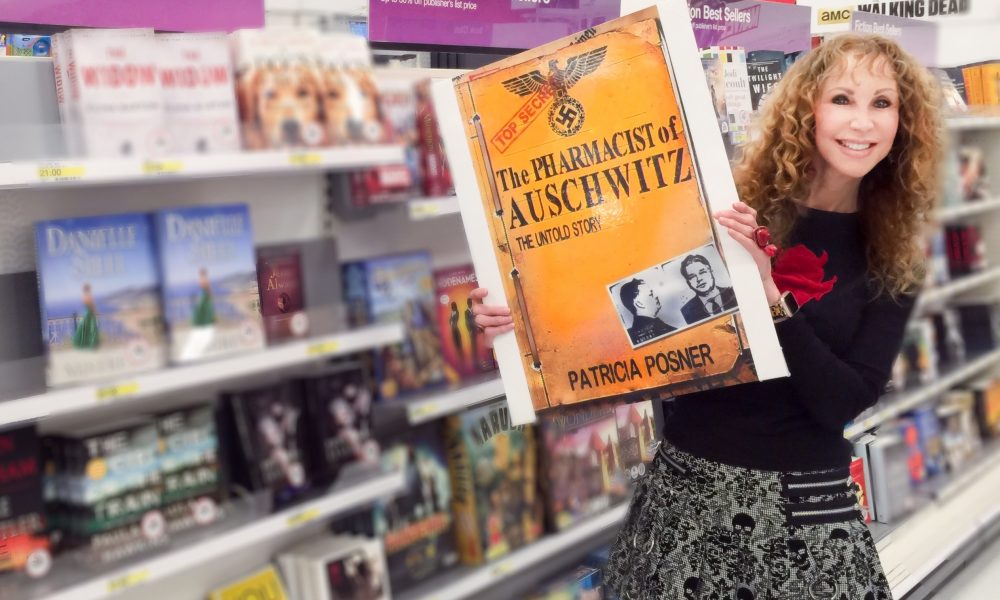

Today we’d like to introduce you to Trisha Posner.
Trisha, let’s start with your story. We’d love to hear how you got started and how the journey has been so far.
I am London born, having spent half my life in Britain and half in the United States.
Before coming to America, I lived for a few years in Ibiza and Majorca, doing some odd jobs and modeling, just enough to pay the bills. When I moved to New York, I returned to what was then my first love, fashion. I was at New York’s Vittorio Ricci, one of the premier Italian shoe salons. As in Spain, I mixed in some modeling and was the ‘face’ for jewelry designer’s Barry Kieselstein-Cord’s avant-garde ads in Andy Warhol’s Interview. And I also ended up becoming the Creative Director for Sweden’s SWS Records.
On a small label, it meant I ran everything from album cover art to promotion and touring for the Harlow, Carol McDonald, and Michał Urbaniak. That’s around the time I met my soul mate, Gerald Posner, then a lawyer. In a couple of years, he left the law, and I left fashion and music, and we gradually moved into journalism and then books. Over thirty years we have worked on 14 books of investigative historical nonfiction. Although we do all the work together, from interviews to sifting through thousands of pages of original documents in government and private archives and working on the early drafts of manuscripts, only one name goes on the front.
As a St. Petersburg Times profile of Gerald noted: “Trisha Posner works with him on his books and joins him in his interviews, but refuses co-author credit.” In the late 1990s, I started my first monthly column for New York’s Be Healthy, about developments in women’s health. In 2000, Random House/Villard published my first solo book a memoir about how women could pass through menopause without using hormones (This is Not Your Mother’s Menopause). In 2003, after the landmark medical study, the Women’s Health Initiative was published and confirmed many of the alarming health risks I had addressed in my book, Villard published an updated paperback titled No Hormones, No Fear.
From 2005 to 2007, I wrote two columns for Miami’s Ocean Drive magazine, one about developments in health and the other covering everything from local politics to battles over historic preservation to a much cited profile of magazine editor Tina Brown. At the same time, I was writing for Salon, Huffington Post, and The Daily Beast, as well as having appeared to discuss my reporting, among others, on NBC’s TODAY, and MSNBC. In my spare time – of which there was not too much – I dabbled in some creative art interests, producing a series of limited pop digital art lithographs.
The vibrant colors of that series that I called my “Neon Period” were first exhibited at South Beach’s St. Augustine Hotels during the 2005 Art Basel. My most recent book, a Wall Street Journal bestseller, published last year, is The Pharmacist of Auschwitz. It is the first ever story about the chief druggist at the largest Nazi concentration camp during World War II, and about the single camp survivor and a German judge who helped bring him to justice. Telling this story of darkness and justice was one of my long-standing ‘wish list’ subjects.
I learned about the pharmacist from Gerald’s first book, Mengele, about the doctor who was called the Angel of Death at Auschwitz. In 1991, we did a collection of interviews with the children of Nazis (Hitler’s Children) and a few years later, a New Yorker article “Letter from Berlin: Secrets of the Files.” Gerald and I were two of the last researchers allowed full access to the millions of Nazi party membership files in the Berlin Document Center prior to the U.S. transfer of those papers to German custody; and in 2015 another book investigation, this time into the Vatican Bank and how the Catholic Church profited from the Holocaust by secret investments into German and Italian insurance companies that escheated the life insurance policies of Jews sent to Auschwitz (God’s Bankers).
It seems a long way since I ran along the beach in Ibiza with my two Afghans to writing about Nazi criminals and the people who bring them to justice. That is what I always wanted in my journey, not setting a fixed path but instead following the opportunities that became available and about which I was passionate.
We’re always bombarded by how great it is to pursue your passion, etc. – but we’ve spoken with enough people to know that it’s not always easy. Overall, would you say things have been easy for you?
Absolutely not smooth! In fashion, modeling, art, and writing, anyone who wants to be successful better gets accustomed very quickly to rejections and constructive criticism.
It is easy to get discouraged with ‘no,’ but sometimes I think that while talent is a prerequisite, the difference between success and failure in the arts can often be persistence. And it is not just in the early part of your career.
With my 2017 book, The Pharmacist of Auschwitz, many publishers were not interested. Only because I did not give up or take the rejections personally, I finally found a small boutique British publisher who liked the idea and was willing to take a chance.
The result is a book that reached #6 on the Wall Street Journal bestseller list and has sold to more than a dozen countries for translation rights. It just reinforced my mantra ‘never take no as a final answer.’
We’d love to hear more about what you do.
I don’t have a traditional retail business — no storefront. We work out of a 2nd bedroom converted into a home office in our South Beach condo.
What were you like growing up?
I was rambunctious, rebellious, always a bit different, and I liked it that way. 🙂 I was born and raised in London and had the chance to experience the fashion revolution in the Swinging 60s. Street fashion, Doc Martens, mixing and matching very different styles, it came naturally to me. Besides the fashion, I was into music (Stones, The Who, Roxy Music, David Bowie).
It will surprise a lot of people that today I’m a successful author, but that I left school at 16. My family was Jewish, and we moved about a dozen times in London as my father – a tailor in London’s East End – had good times and bad stretches with money. At every school, I was always the new kid, and I was constantly the victim of antisemitic bullying (‘Dirty Jew,’ swastika drawn on my desk, once my head pushed into a toilet).
I had no problem standing up for myself – maybe being bullied allowed me to develop the tougher side that later found rejection letters from publishers to be no big deal. However, after a while, and especially into teen years, it wore me out. So I left to work as a junior at a King’s Road fashion retailer.
My ‘education’ has been one I’ve picked up myself over the years, my unrelenting inquisitiveness letting me be the eternal student.
Contact Info:
- Address: 1521 Alton Rd, #442 Miami Beach, FL 33139
- Website: http://www.trishaposner.com
- Phone: 9175361790
- Email: miamiwarrior@gmail.com
- Instagram: https://www.instagram.com/trishaposner/
- Facebook: https://www.facebook.com/trishaposner
- Twitter: https://twitter.com/trishaposner
- Yelp: https://www.yelp.com/user_details?userid=LcD9qnVJtQrmpt1Vx6cvdw
- Other: https://www.linkedin.com/in/trishaposner






 Image Credit:
Image Credit:
Gerald Posner
Getting in touch: VoyageMIA is built on recommendations from the community; it’s how we uncover hidden gems, so if you know someone who deserves recognition please let us know here.


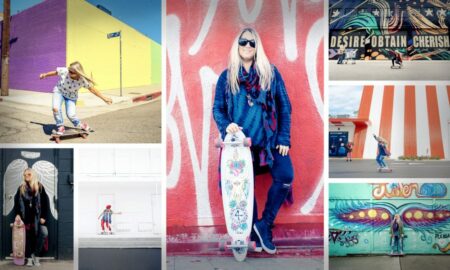


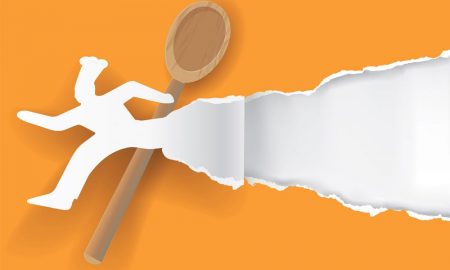




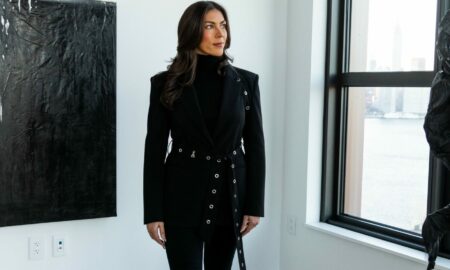
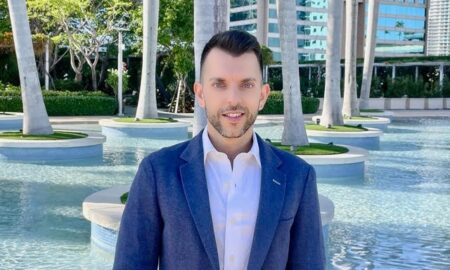

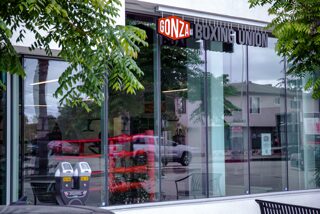
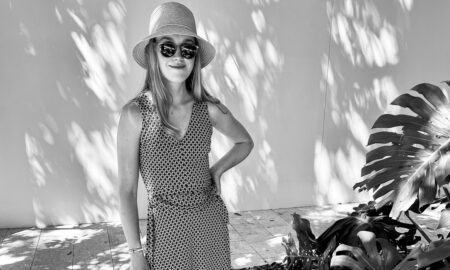



Conrad
December 21, 2018 at 5:41 am
I love everything about you Trisha and especially your story of strength and determination depicts the richness and beauty that lives within you. We could all learn by taking any page of your book. Happy holiday and all the best in your endeavors.
Cheers 🥂